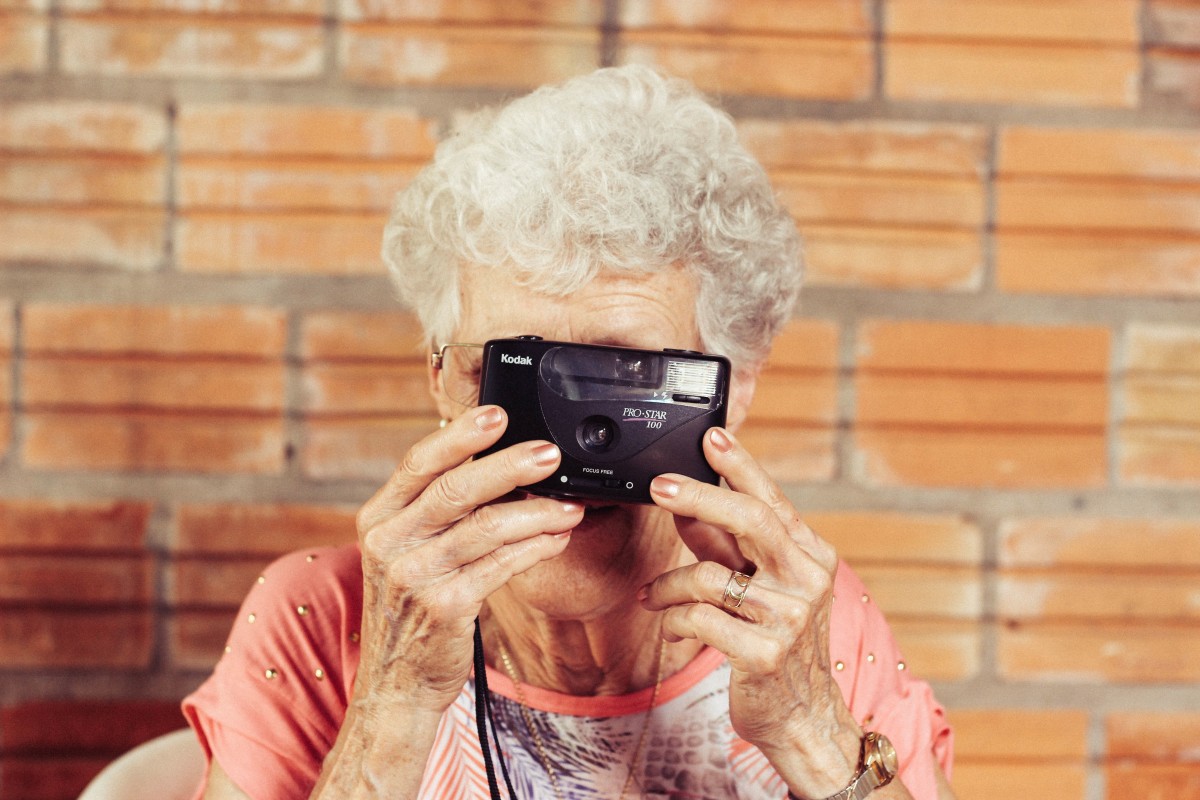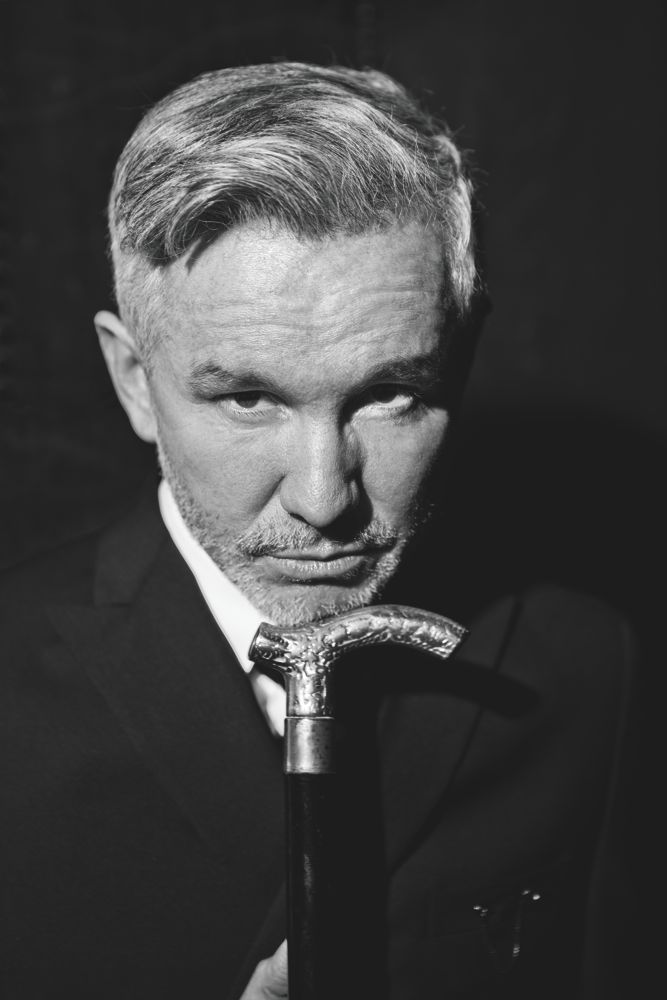For our PB4, my group has been given the subject of Technology and Mediums, and we seek to explore the evolution of cameras and photography since the beginning of the 20th century and its place within society as a media form. Relative to our topic of Mediums, I read through Meyrowitz’s reading regarding Medium Theory.
To start off with, Medium Theory is the study of the distinctions between mediated forms (audio, print, text, visual, etc.) on social, psychological and physical levels. The simplest summary of the definition of Medium Theory in my opinion can be found in a quote by Marshall McLuhan, a literature scholar: ‘The medium is the message’ (1960s). The meaning behind this quote is that social influences that arise out of the media are influential not because of the message that is decoded, but because of the medium’s effect on recipients.
Distinctions made between different medium forms include the degree of verisimilitude (dictionary.com: ‘the appearance or semblance of truth[reality]”), the degree of human intervention and interaction required of varying mediums, and the degree to which a medium can be distributed or received simultaneously to many people in many locations at once.
Something that interested me in this reading was the history of medium theory being dated back to Socrates in ancient Greece. Now, first and foremost, I am someone who admires Socrates; my favourite quote by him is ‘All I know is that I know nothing,’ and it really feels relevant to my brain at this point of the year. Anyway, he argued that writing had negative effects on the mind; he believed that we literally no longer needed to use our brains to remember things because we could write it all down. This interests me in regard to the subject of mediums and medium theory because I see it as a fitting and humbling show of the beginnings of communication media studies, way before media was even a thing. Additionally, I find it ironic that Socrates thought writing was bad for you because if he was zapped across time to the present day, imagine his reactions to phones, tablets, laptops, smartboards, printing presses, etc.





